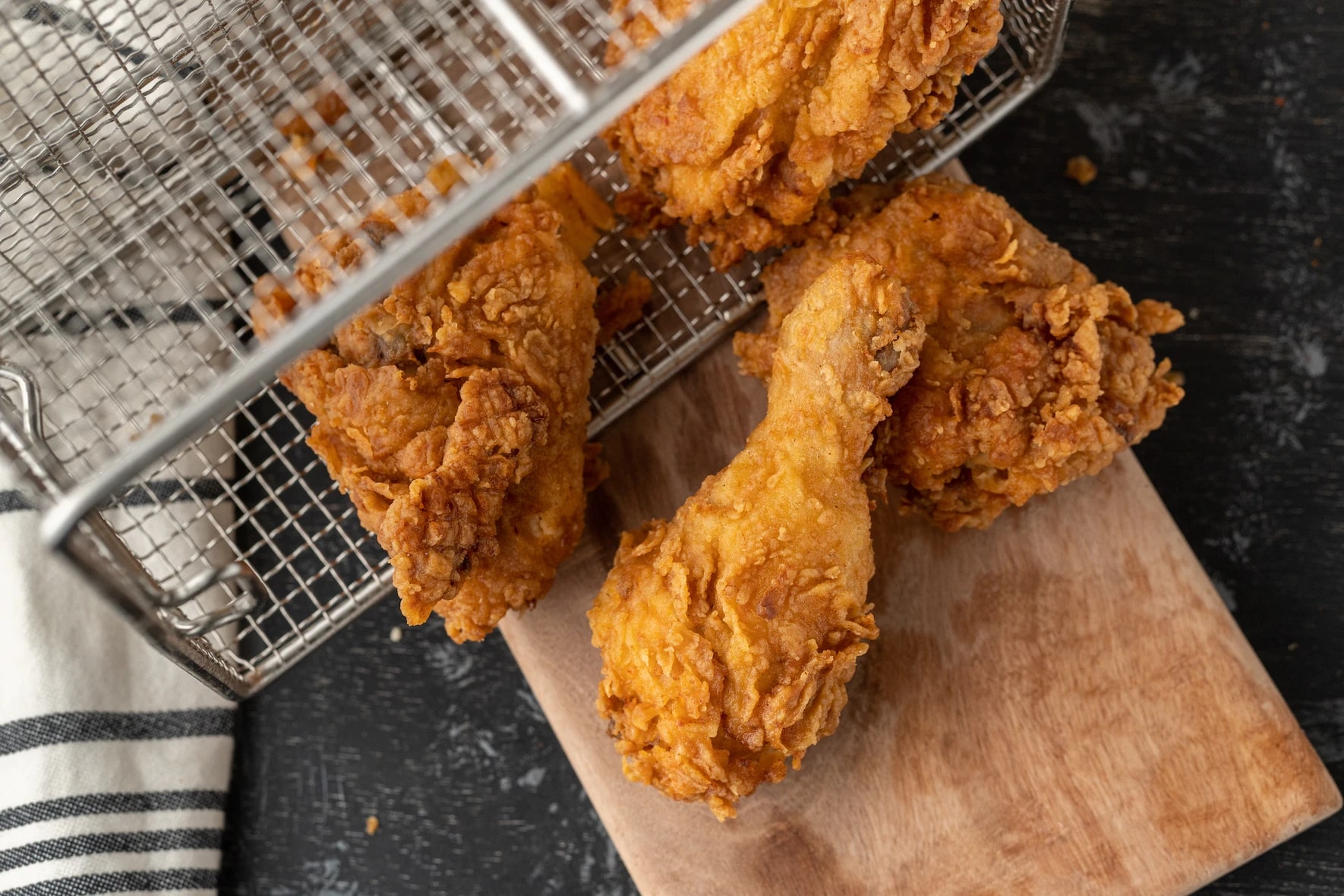“La Manzana” & More Names Of Fruits In Spanish

Unsplash: Bryam Blanco
When it comes to fruit shopping, my basket is always ready. I love fruits. I love having them for breakfast, snack, lunch, dinner, midnight snack, with yogurt and really whenever I want to eat. And depending on the season, I prefer one fruit over the other. Just because when that specific fruit is out of season, then I don’t really get to have that fruit until it is back in season and in stock and on display. You know what I mean?
Okay, for example, think of mangoes. When those delicious yellowish-golden fruits are in season, I have those more than apples because they are the sweetest when they are in season. When mangoes are out of season, I have other fruits like cherries, bananas, apples, oranges, blueberries, strawberries, tomatoes and more. That’s right, tomatoes are part of the fruit club. Tomatoes are botanically classified as fruits because they grow from flowers and they have seeds. Do you know what tomatoes and other fruits are called in Spanish?
- the tomato: el tomate (el toh-mah-teh)
- the tomatoes: los tomates (los toh-mah-tes)
- the apple: la manzana (la man-za-nah)
- the apples: las manzanas (las man-za-nas)
- the banana: el plátano (el plah-tah-noh)
- the bananas: los plátanos (los plah-tah-nos)
- the plantain: el plátano macho (el plah-tah-noh ma-cho)
- the plantains: los plátanos macho (los plah-tah-noh ma-chos)
- the pear: la pera (la peh-rah)
- the pears: las peras (las peh-ras)
- the orange: la naranja (la na-ran-ha)
- the oranges: las naranjas (las na-ran-has)
- the avocado: el aguacate (el ah-gwa-kah-teh)
- the avocados: los aguacates (los ah-gwa-kah-tehs)
- the blueberry: la mora azul (la mo-ra ah-zul)
- the blueberries: las moras azules (las mo-ras ah-zu-les)
- the cherry: la cereza (la se-re-za)
- the cherries: las cerezas (las se-re-zas)
- the kiwi: el kiwi (el ki-wi)
- the kiwis: los kiwis (los ki-wis)
- the mango: el mango (el mang-go)
- the mangos: los mangos (los mang-gos)
- the lychee: el lichi (el li-chi)
- the lychees: los lichis (los li-chis)
- the watermelon: la sandía (la san-dee-ah)
- the watermelons: las sandías (las san-dee-ahs)
- the papaya: la papaya (la pa-pa-ya)
- the papayas: las papayas (las pa-pa-yas)
- the peach: el durazno (el du-raz-no)
- the peaches: los duraznos (los du-raz-nos)
- the raspberry: la frambuesa (la fram-boo-eh-sa)
- the raspberries: las frambuesas (las fram-boo-eh-sas)
- the strawberry: la fresa (la fre-sa)
- the strawberries: las fresas (las fre-sas)
- the grape: la uva (la oo-va)
- the grapes: las uvas (las oo-vas)
- the date: el dátil (el dah-til)
- the dates: los dátiles (los dah-ti-les)
- the pineapple: la piña (la pin-ya)
- the pineapples: las piñas (las pin-yas)
- the coconut: el coco (el ko-ko)
- the coconuts: los cocos (los ko-kos)
- the jackfruit: la yaca (la ya-ka)
- the jackfruits: las yacas (las ya-kas)
- the guava: la guayaba (la gwa-ya-ba)
- the guavas: las guayabas (las gwa-ya-bas)
- the grapefruit: la toronja (la toh-ron-ha)
- the grapefruits: las toronjas (las toh-ron-has)
- the clementine: la clementina (la kle-men-ti-nah)
- the clementines: las clementinas (las kle-men-ti-nas)
- the blood orange: la naranja roja (la na-ran-ha ro-ha)
- the blood oranges: las naranjas rojas (las na-ran-ha ro-has)
- the cantaloupe: el melón (el meh-lon)
- the cantaloupes: los melones (los meh-lo-nes)
- the durian: el durián (el dur-yan)
- the durians: los durianes (los dur-ya-nes)


